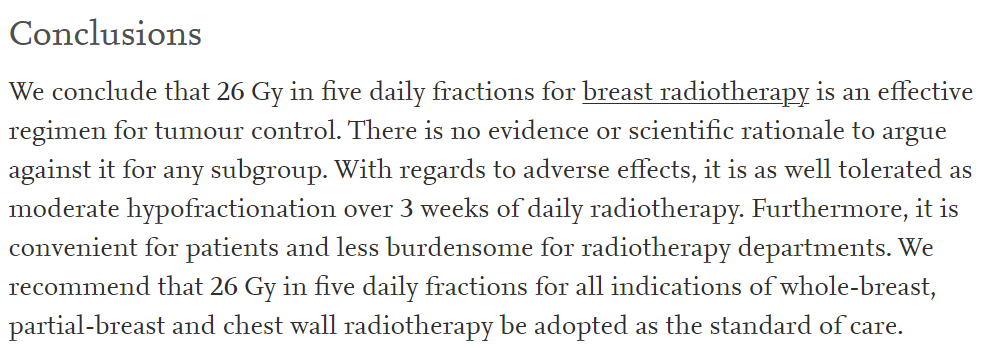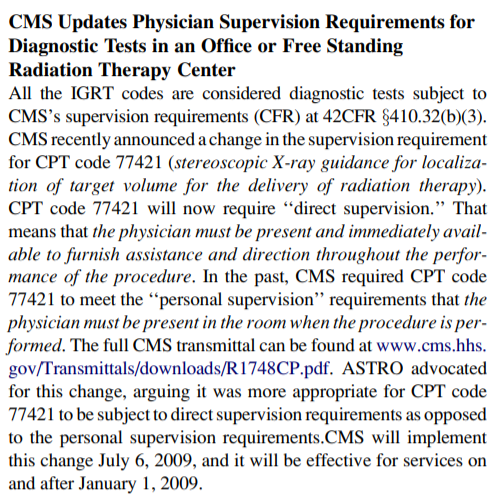The cropping is mostly so the fluence doesn't get choppy/ugly at the skin. I agree, "tangent VMATs" won't be as simple/pragmatic as tangent static 2-beam IMRT. Even though you crop, you should still "flash" IMHO.
What I do:
1) I put on traditional tangents that would match what we have done historically; these beams de facto define the PTV and there is no need to contour anything outside (or under-contour for that matter) traditional tangents. Of course feel free to contour lungs, heart (you need those to put on to make good tangents anyways).
2) This best-tangent field arrangement is open calc'd... in Eclipse, this will give a plan of Dmax about 200% of Rx dose, and the ~170% (which would be ~85% if plan were normalized at this point but there is no need to) to 180% isovolume is chosen for Eclipse to convert this to a structure. Again, this is the PTV and essentially is the area treated inside the fields of traditional tangents.
3) This structure is "pre-cropped"... you don't need to edit it, the calc algorithm already handled it.
4) Using the same tangents, go into inverse optimization. Click "fixed field sizes." Optimize to the PTV. E.g. if the Rx is 40 Gy, 100% of the PTV will receive 40 Gy or more. I set BODY max at 42 Gy with high priority; this makes the plan very homogenous (max dose in plan of 105% in other words). X&Y smooth of 40/30 usually (the default).
5) Now use the fluence editing tool(s) to extend the fluence ~1.5cm out past the skin surface for flash.
6) Calc.
From start to finish, usually 20min or less. Other centers have different "programs" and automated ways of doing more or less the same thing. Many different ways can work.
EDIT: It is my understanding that in the UK 26/5 partial breast is the new standard and the most common treatment now for low risk breast. They see no need to give the whole breast either 26 Gy (or 40 Gy or whatever) or Livi-level 30 Gy to partial breast. They have combined the idea of 26 Gy whole breast with IMPORT-LOW. To me, it makes good sense. I must admit I do whole breast not that commonly these days and essentially never in Stage I.



